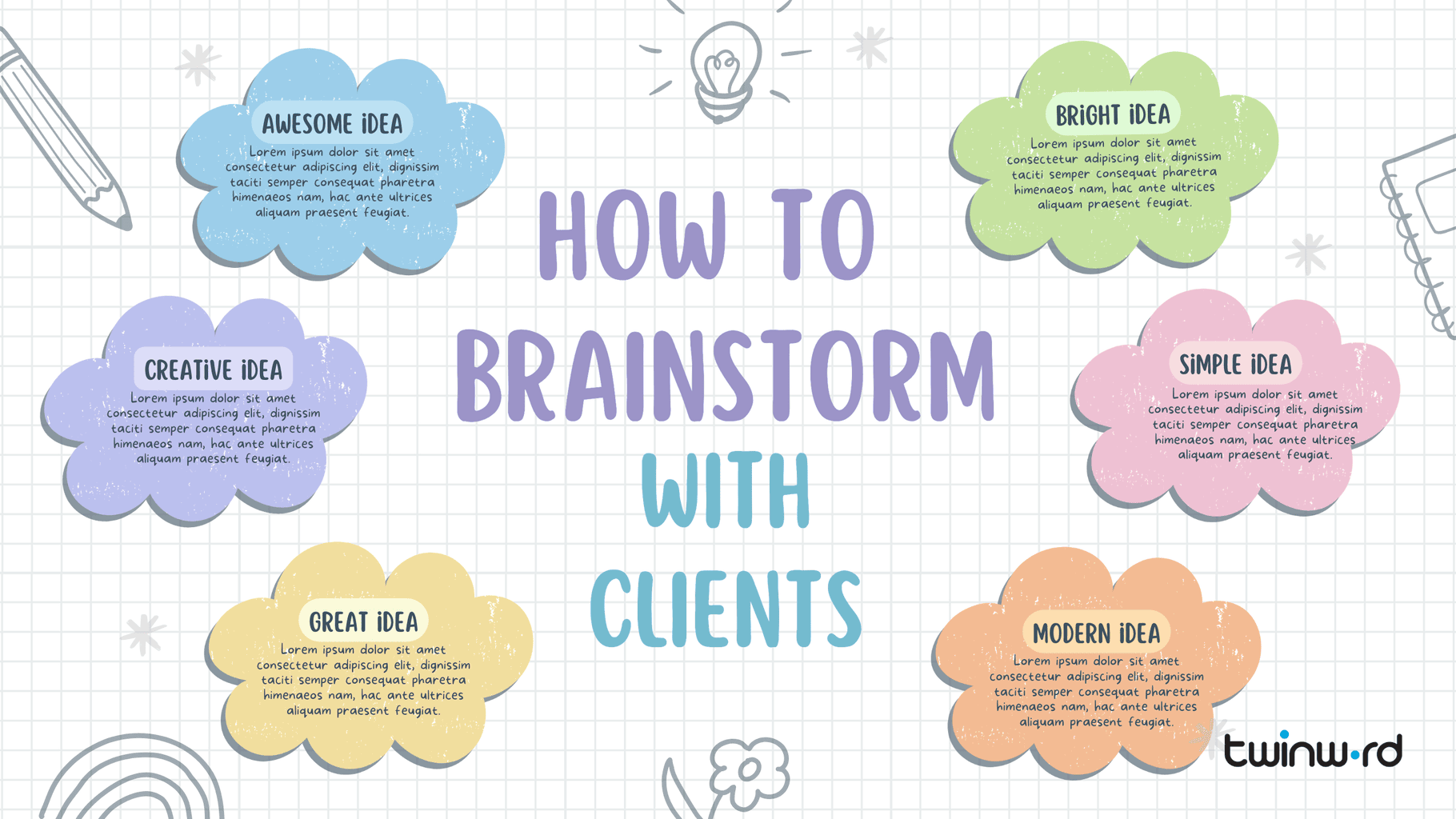
When working with a new client or project to come up with seed keywords, understanding your client’s customer persona is key. No one knows their ideal customers better than they do. This understanding is necessary for the start of any keyword research and thus it is important to sit down with your client and data-mine that knowledge from them.
Use this Client Keyword Brainstorming Template in the meeting with your client to generate seed keywords which you will later expand.
The worksheet will help the both of you to think through and make sure that every aspect of the business and customer is explored. We’ll walk through the steps below.
How to Use the Worksheet
TIP: In this Google Sheets, you can select “File > Make a copy…” to use it with your own client or project. You can also download it as a Microsoft Excel file.
Different Aspects to Consider
First, you’ll want to go over and familiarize yourself with the different aspects (rows) in the sheet. These are areas that you’ll want to think about during the workshop. For example, keywords relating to search intent, customer journey and problem solving.
Either on your own ahead of time or together with your clients, add, edit and/or remove the different categories in the worksheet to fit the need.
Examples
The examples column has very general examples of keywords that belongs to that category. It would make your meeting go a lot smoother if you edited them in advance to match your client’s case as they may not be familiar with all of the categories.
Workshop
Always approach your keyword research with your buying personas in mind. Understanding each persona will help you pair keywords with that specific audience’s needs. Think in terms of two- to three-word keyword phrases as opposed to individual words. Individual words are too competitive and yield unfocused results for searchers.
Your first priority is to identify words that your personas are searching for.
Start the workshop with your client off with explaining the goals mentioned above. Continue by going through each category and asking the client what keywords they can think of that would fit. If you fail to discover any good keywords, you can skip the category.
While you may not target all the keywords you find, you do need to brainstorm and list as many potential keywords as possible.
Candidates
After the workshop with the client, you’ll need to take the output back and process it. In this step, you’ll want to try to aggregate duplicate or similar keywords. You can also reorganize the categories or move keywords around. You may also do some research to make sure the terminology used in the keyword is correct or popular.
This step is up to you and you can use any tools at your disposal to cleanse the output from the workshop. Keep in mind this is still early on and you will have to expand these keywords later.
Confirmed Seed Keywords
Once you have a cleansed candidates list, present that to the client for their final confirmation. Confirmed keywords will go into this section.
These are your seed keywords or main keywords.
Next Steps: Expand, Filter, Group and Select
After having identified the seed keywords, the rest is what you would normally do in the process of keyword research. The following is a general list of steps.
- Expand: Use your favorite keyword tool or tools to input each seed keyword to get keyword suggestions.
- Filter: Remove duplicates and irrelevant keywords and those not matching your desired intent.
- Group: Cluster similar keywords into themed groups.
- (Optional) Repeat steps 1-3 for each cluster theme.
- Selection: Based on statistics like search volume, keyword difficulty and paid competition, select keywords that align with your goals.
You can use whatever tool you are comfortable with to do the above.
Our agency originally used a bunch of different tools to get keyword suggestions and then combine it all in Microsoft Excel. However, we later built our own keyword research tool with NLP to do everything faster. We now run multiple searches in one window, remove duplicates and group keywords automatically by search intent, topic or pattern all in one tool.
Using Templates
In closing, I’d like to emphasize the efficiency of using a systematic approach to doing keyword research, especially when dealing with clients. Templates like these and other on-boarding interview templates have helped us immensely and garnered many compliments from our clients.
Here is the link to the Keyword Brainstorming Template again. Good luck!

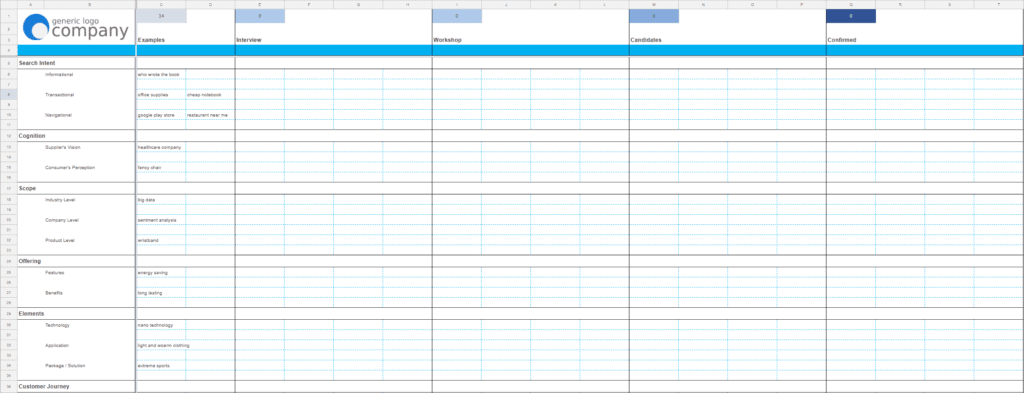
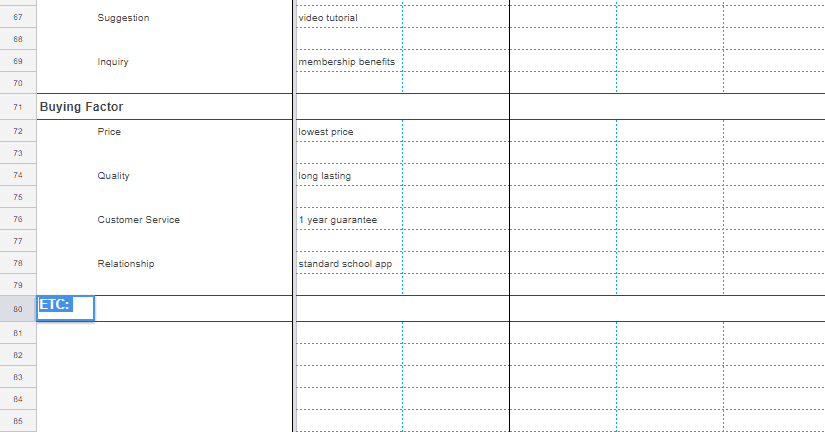
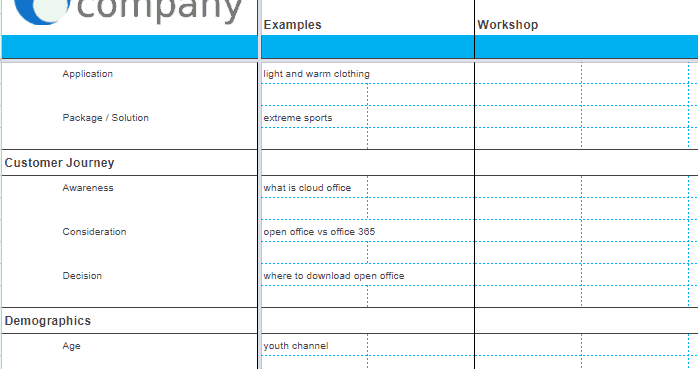

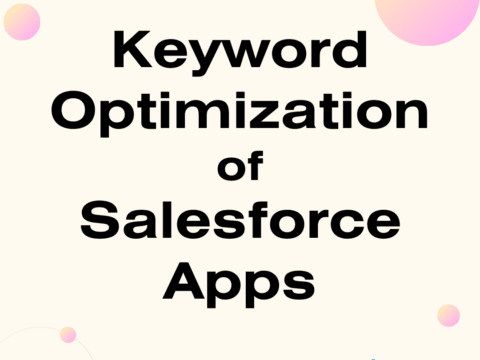

2 Comments
link to template doesn’t work
Sorry for the broken link, and thank you for letting us know. It’s been fixed now!